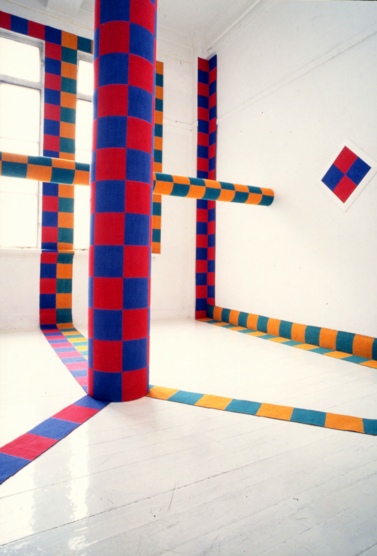
1960 Born in Nara.Japan
1983 Graduated from Kobe University
1985 Graduated from Kawashima Textile School
1999~ Assistant professor of Seian College of Art and Design
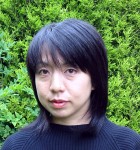

| 1960 Born in Nara.Japan1983 Graduated from Kobe University 1985 Graduated from Kawashima Textile School 1999~ Assistant professor of Seian College of Art and Design | 
|
| 1988 | Gallery Maronie/ Kyoto
Gallery Kita/ Nara |
| 1989 | Gallery Mou/ Kyoto
Gallery Maronie/ Kyoto Gallery Kita/ Nara |
| 1990 | Wacoal Ginza Art Space/ Tokyo |
| 1991 | Gallery Gallery/ Kyoto
Gallery Kita/ Nara |
| 1992 | Gallery Gallery/ Kyoto
Gallery Maronie/ Kyoto |
| 1993 | Wacoal Ginza Art Space/ Tokyo |
| 1995 | Gallery Gallery/ Kyoto |
| 1996 | Art Space Niji/ Kyoto |
| 1997 | Gallery Gallery/ Kyoto |
| 1998 | Gallery Maronie/ Kyoto
Wacoal Ginza Art Space/ Tokyo |
| 1999 | Art Life Mitsuhashi/ Kyoto |
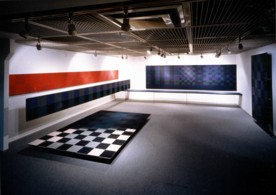
| 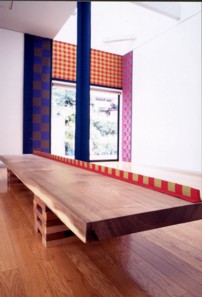
|
| 1984 | Kyoto Art and Crafts Exhibition/ Kyoto Prefectural Center for Art and Culture |
| 1985 | Exhibition of Art and Crafts by Selected Artists/ Kyoto Prefectural Center for Art and Culture
Kyoto Design Competition/ Museum of design, Kyoto |
| 1986 | "Sensitivity in Weaving"/ Gallery Kawashima |
| 1987 | Asahi Contemporary Crafts Competition/ Hankyu Department Store
ITF International Textile Competition Kyoto/ Kyoto "Private Tapestry" / Seibu Department Store, Tokyo |
| 1989 | Miniature Works by Selected Artists/ Gallery Gallery, Kyoto |
| 1990 | "Art and Space in Archtecture"/ Gallery Mou, Kyoto |
| 1992 | Exhibition of Art and Crafts by Selected Artists, Kyoto Prefectural Center for Art and Culture
Miniature Works 18 x18, Gallery Gallery, Kyoto |
| 1993 | Shiga Annual '93 "Fiber Work-The Repro-Action of Form"/ The Museum of Modern Art, Shiga |
| 1995 | Miniature Works 18 x18, Gallery Gallery, Kyoto |
| 1997 | ITF International Textile Competition Kyoto |
| 1998 | "Imaginations"-Contemporary Japanese Textile Exhibition- Gallery de Qeeste, Loker, Belgium |
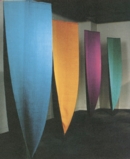
| 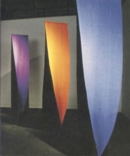
|
| 1984 | The prize of encouragement: Kyoto Art and Crafts Exhibition/ Kyoto Prefectural Center for Art and Culture |
| 1985 | Bronze prize: Kyoto Design Competition/ Museum of design, Kyoto |
| 1987 | 2nd Prize: Asahi Contemporary Crafts Competition/ Hankyu Department Store, TokyoEOsaka |
| 1992 | 1st Prize: Exhibition of Art and Crafts by Selected Artists/ Kyoto Prefectural Center for Art and Culture |
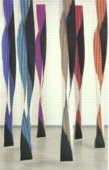
| 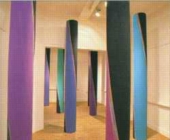
|
Kyoto Prefecture
The Museum of Modern Art, Shiga
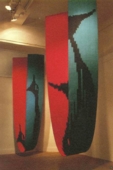
| 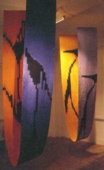
|
Matsuya Building, Osaka
Facade Esaka Building, Osaka
Kyoto Hotel
Chukyo Recreational Facilities for the aged, Nagoya
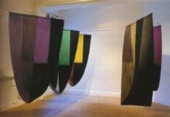
| 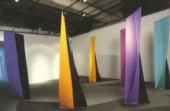
|
The reason why I continue my production through weaving is that I am strongly attracted to the technique of weaving. The origin of my work is the surprise and pleasure I felt
at the time when each warp and weft yarns came together one by one, producing a cloth, at my first try at back strap weaving by consulting an instruction book.
Although there are an uncountable number of weaving techniques, those I usually use are two kinds: ikat and double weaving. Except for brocade weaving and system weaving,
which repeat the same pattern regularly, I consider only three weaving techniques - tapestry weaving, ikat, and double weaving (not to mention more than triple) - ideal to freely create
patterns on the cloth. Tapestry weaving gives the maximum level of liberty in pattern creation. For instance, it allows the most proximity in reproduction of the original image drawn by
an artist. My interest, however, does not lie in such methods and expressions. What I am after is expressions unique to the construction of weaving, created by the use of warp and weft
yarns - original expressions different from painting, dying, or block printing.
Initially, I created many one-dimensional works, in which the main theme the production was to simplify (by technique limitation) and use some motive by using ikat and
multiple colors. My intention was, by doing so, to give a sense of dimensions to a thin cloth and create a visually textural effect.
In my repeated attempts in this effort, my focus has shifted to the relationship between the cloth and other things. Particularly in the continuous efforts in highlighting the
feature of the cloth that it has two surfaces by using double weaving, I found the cloth to have developed into an expression deeply concerned with space. In this process, my attention was
given to the diversity of the cloth and revealing the relationship between the cloth and other things.
Recent works of mine present the cloth's function of "creating a situation"- setting up woven clothes in a space, connecting the cloth and space closely, and thus involving people concerning this situation. I have been seeking to highlight the positive feature of the cloth; such work originates in my quest for new forms of the existence of cloth and is based on what clothes I wish to see next. |
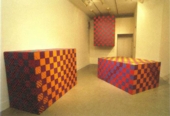
| 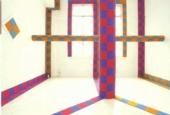
|
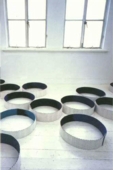
| 
| 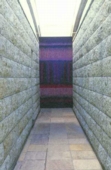
|